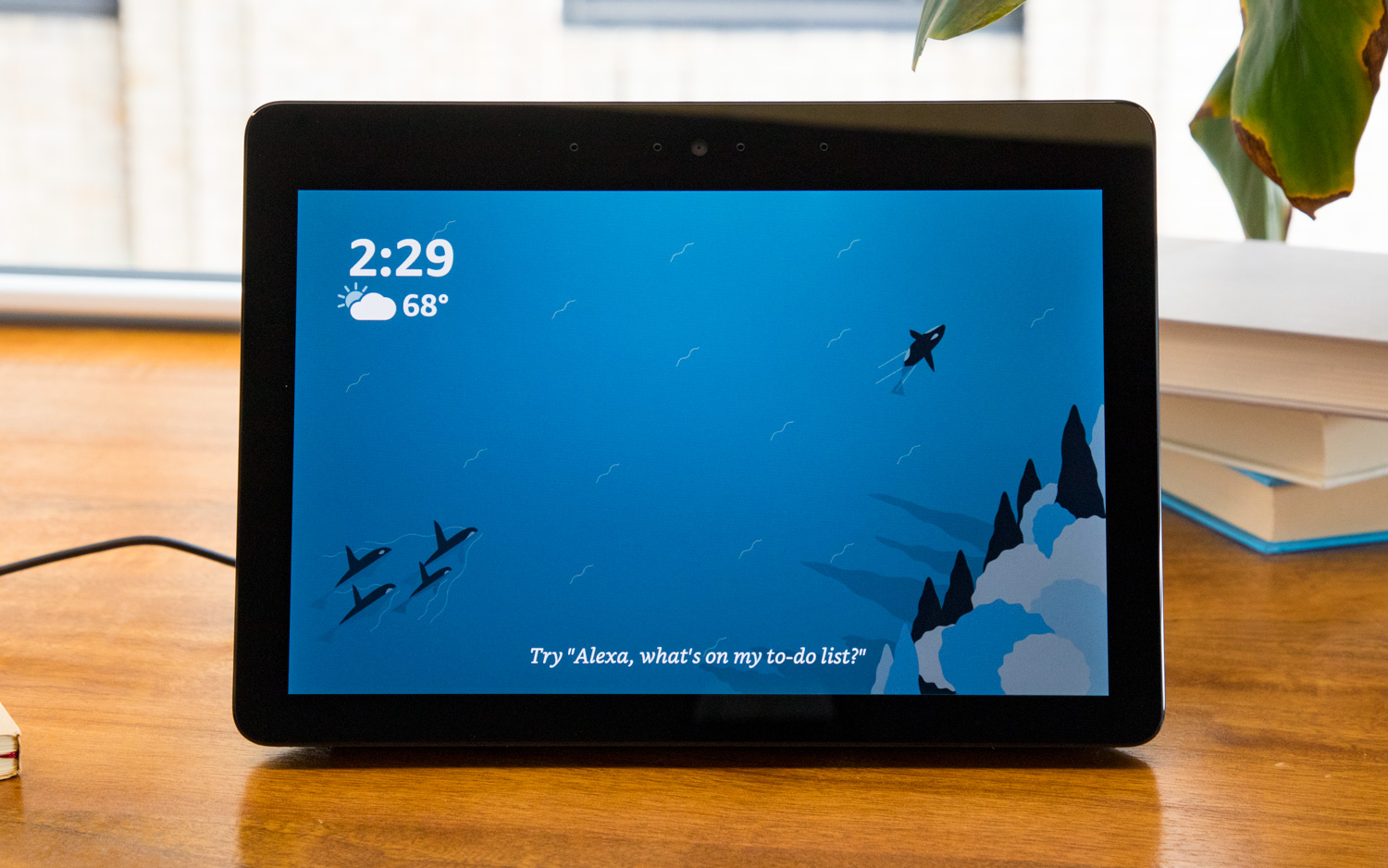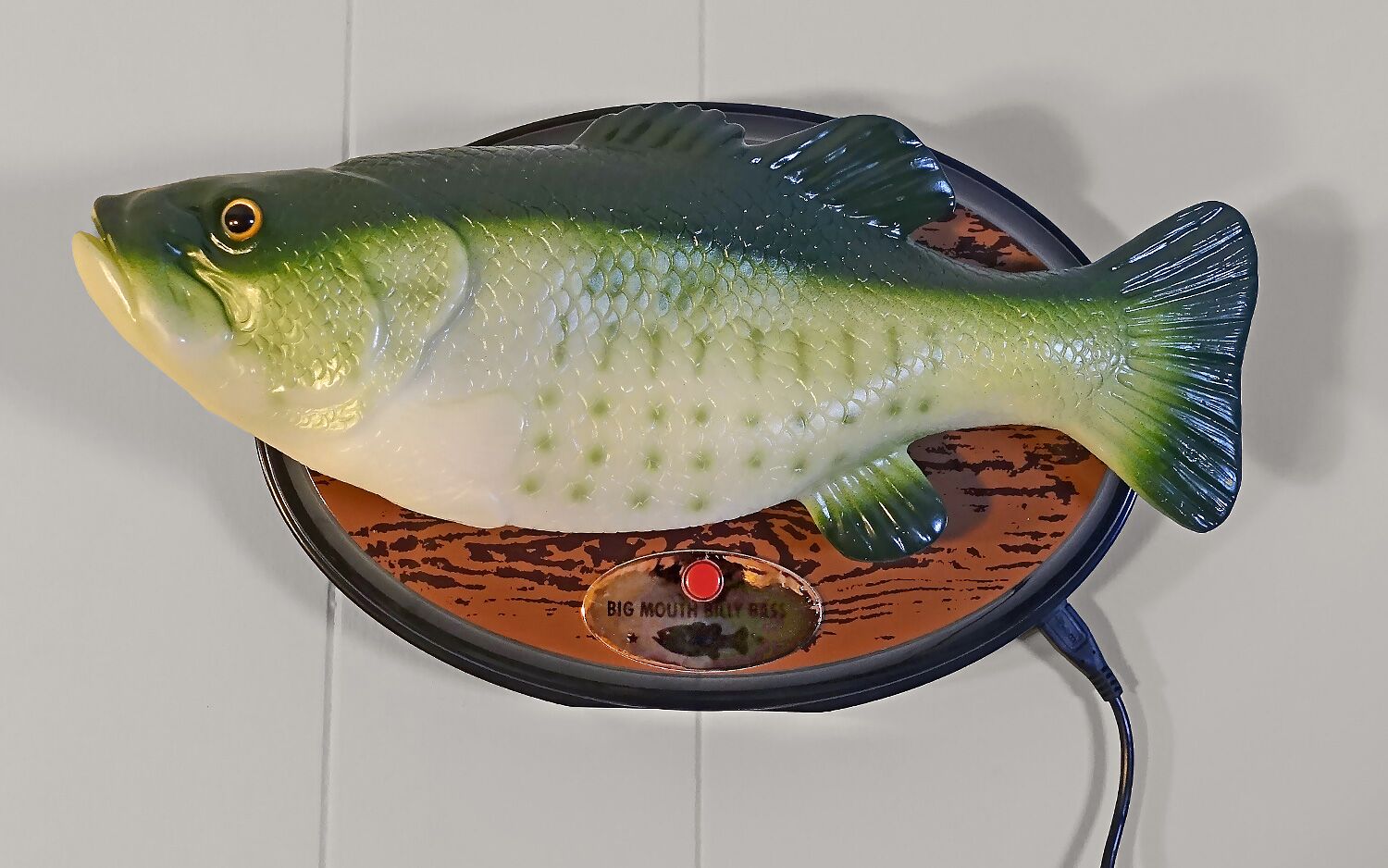CES 2019 Smart Home Preview: Google vs. Amazon, Round 2
Amazon’s and Google’s smart assistants once again battle for supremacy in your home.
At last year’s CES, Google made a big splash with its smart home pavilion, showing all the devices that either had Google Assistant built in, or could be controlled using its voice assistant. Smart displays — such as those from Lenovo and JBL— looked to one-up Amazon’s Echo Show.

Silently, though, Amazon had just as big a presence at CES 2018, with hundreds of companies advertised the fact that their products could be controlled by Alexa.
Following a September event where it launched more than a dozen products, Amazon gained more momentum over Google, which has had a relatively quiet year, hardware-wise. Expect for the search giant to respond aggressively at CES 2019 where the battle for your home will continue to be fought with voice-powered assistants.
MORE: Our Favorite Smart Home Gadgets and Systems
“Amazon sees this as a way to entrench its platform in your home, and that’s kind of a nice-to-have,” said Avi Greengart. “Google sees this as an existential threat. If you start using a different AI as a basis for daily interactions, that could replace search, and that is Google’s entire revenue stream. That explains why we’re seeing Google being so visible at tradeshows like [CES].”
Alexa’s outlook
Why you can trust Tom's Guide
With the release of multiple developer kits, highlighted in the speakers, settop boxes and microwaves Amazon showed in September, you can expect to see Alexa in an even wider range of products. What remains to be seen is how much visible support Amazon will provide to these vendors.

While we’re sure to see Alexa with ever-wackier devices — have you seen the Billy Bass or Twerking Santa? — companies might start showing some restraint, too.
“Two years ago, everyone wanted to have a conversational voice experience in every single device,” said Dinesh Narayanan, director of partner and channel marketing for Microsoft. “I think now we’ve seen appliance makers pull back from that and go to more practical applications of voice based AI. How can I give simple voice-based command and control for this device, this washing machine, this fridge? It’s something that’s very specific to that use case. You don’t need full conversational capability every place you could have full conversational capability.”
Software’s significance
Smart home device makers no longer have to worry as much if their product will work with every other smart home gadget. As long as it can be integrated with Alexa or Google Assistant, that’s all you need. “Your lighting may not be made by Amazon or Google, your thermostat may not be made by Amazon or Google, but Google or Amazon is going to be the way you control them,” Greengart said.

Ben Arnold, the senior director of innovation and trends for the Consumer Technology Association, also thinks that the most interesting things to come out of CES will be software, rather than hardware-related.
MORE: Best Smart Home Hub
“The past couple of years we’ve seen Alexa-enabled, Google Assistant-enabled a lot of things,” said Arnold, whose organization puts on CES every year. “This year it’s how do we make that make more sense? How does it become more helpful to somebody? How does it tie together devices?”
Kitchen aides
And the room where this will all happen is going to be in the kitchen. Appliance makers are still sussing out how things like Samsung’s Family Hub refrigerator — now in its third-generation — best fit into a family’s routines, as well as work with other smart home devices.

Even more important is convincing consumers that they need an oven that talks to them. “I kind of walk past smart appliances each year because they’re here, they’re connected, but I don’t know what I’m going to do with them,” Arnold said.
Starting with a simpler approach, such as Amazon’s Alexa-enabled microwave and wall clock, could warm consumers up to the concept of a smart kitchen. “There’s responsibility on the behalf of the application developers and manufacturers to figure out what those use cases are,” Arnold said. “That goes a long way toward selling connectivity and voice and AI in the home.”
If you want to know what’s cooking with smart home technology, just head to the kitchen.
Credit: Tom's Guide
Get instant access to breaking news, the hottest reviews, great deals and helpful tips.

Michael A. Prospero is the U.S. Editor-in-Chief for Tom’s Guide. He oversees all evergreen content and oversees the Homes, Smart Home, and Fitness/Wearables categories for the site. In his spare time, he also tests out the latest drones, electric scooters, and smart home gadgets, such as video doorbells. Before his tenure at Tom's Guide, he was the Reviews Editor for Laptop Magazine, a reporter at Fast Company, the Times of Trenton, and, many eons back, an intern at George magazine. He received his undergraduate degree from Boston College, where he worked on the campus newspaper The Heights, and then attended the Columbia University school of Journalism. When he’s not testing out the latest running watch, electric scooter, or skiing or training for a marathon, he’s probably using the latest sous vide machine, smoker, or pizza oven, to the delight — or chagrin — of his family.
